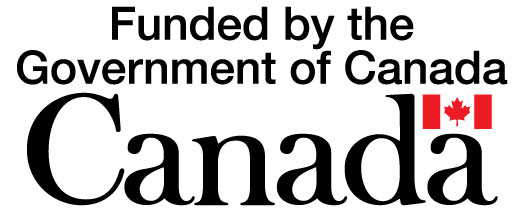Current Temperature
6.7°C
Trump tariffs: on again, off again amidst efforts to appease
Posted on February 6, 2025 by Taber TimesBy Cal Braid
Taber Times
Local Journalism Initiative Reporter
In an attempt to stave off the American president’s threat of tariffs, Premier Danielle Smith and her ministers closed out 2024 by quickly assembling a new Interdiction Patrol Team (IPT) that would ostensibly restore law and order at the province’s southern border. Unfortunately, that move among others didn’t seem to register on the president’s approval meter, and the tariff threat became a promise that was set to hit home starting this week. Trump signed an executive order to impose tariffs over the weekend. Then came a Feb. 3 phone call with Prime Minister Trudeau and an eleventh hour temporary revocation a 30-day pause on drastic measures.
The Alberta government won’t take its foot off the gas in implementing its hastily-assembled IPT. It’s all systems go at the border, to the extent that on Jan. 30, Public Safety Minister Mike Ellis announced, “Yesterday, I met with the Canada Border Services Agency, the RCMP and the Alberta Sheriffs at the Coutts border point of entry. In our meeting, we agreed on the importance of continued collaboration to ensure our border is secure.”
Since Nov. 25, when Trump publicly menaced his northern neighbours by saying that he would impose tariffs unless Canada took action on drug smuggling, human trafficking, and illegal border crossings, the Alberta government has made a public display of acceding to those demands.
“Our government has been clear from the beginning that we must take President Trump’s statements on border security seriously and take action immediately,” Ellis said. As January came to a close, it became clear that Trump was unmoved by Canada’s gestures of good faith and that the tariffs were about to land.
Asked on Jan. 31 if the U.S. would apply the tariffs to Canadian oil and gas, Trump said, “We may or may not. We’re going to make that determination probably tonight on oil.”
“It depends on what the price is. If the oil is properly priced, if they treat us properly — which they don’t,” he said. As of Feb. 3, the executive order included 10 per cent tariffs on oil and gas, and 25 per cent on other goods.
Alberta committed to 51 new armed officers, 10 support staff, 10 cold weather surveillance drones, four drug patrol dogs, and four narcotics analyzers to test for illicit drugs. Then, the federal government delivered on Alberta’s request for a Black Hawk helicopter and it arrived at the border on Jan. 29. Ellis also called on the federal government to immediately appoint a Canadian border czar to work with the new American border czar.
In mid-January, Premier Smith went to Florida to meet Trump face-to-face and she reported back on having a “friendly and constructive” conversation with him. While diplomacy is essential to the Canadian character, as long as Trump fails to articulate his demands in specific metrics, the federal and provincial governments may just be blindly firing at moving targets and hoping to land a hit.
Just when inflation and interest rates seemed to be leveling off, Canada’s strongest ally turned adversarial. Canada’s efforts at diplomacy were undercut as it decided to retaliate in kind, but it worked.
On Monday, Trudeau reportedly committed $1.3B in added border security, a small price to pay in comparison to an all-out trade war. Trump’s theatrics and manipulation lack direction and a defined endpoint, except for his most ominous aspiration: annexing Canada as a 51st state. That, he says, would eliminate the tariff threat.
The latest updated Feb. 3 executive order now says that the Trump team will spend the next 30 days monitoring and determining whether or not it is satisfied with Canada’s border commitments. ‘Satisfied’ is as vague as ‘properly,’ and economic futures are still at stake.
Leave a Reply
You must be logged in to post a comment.

